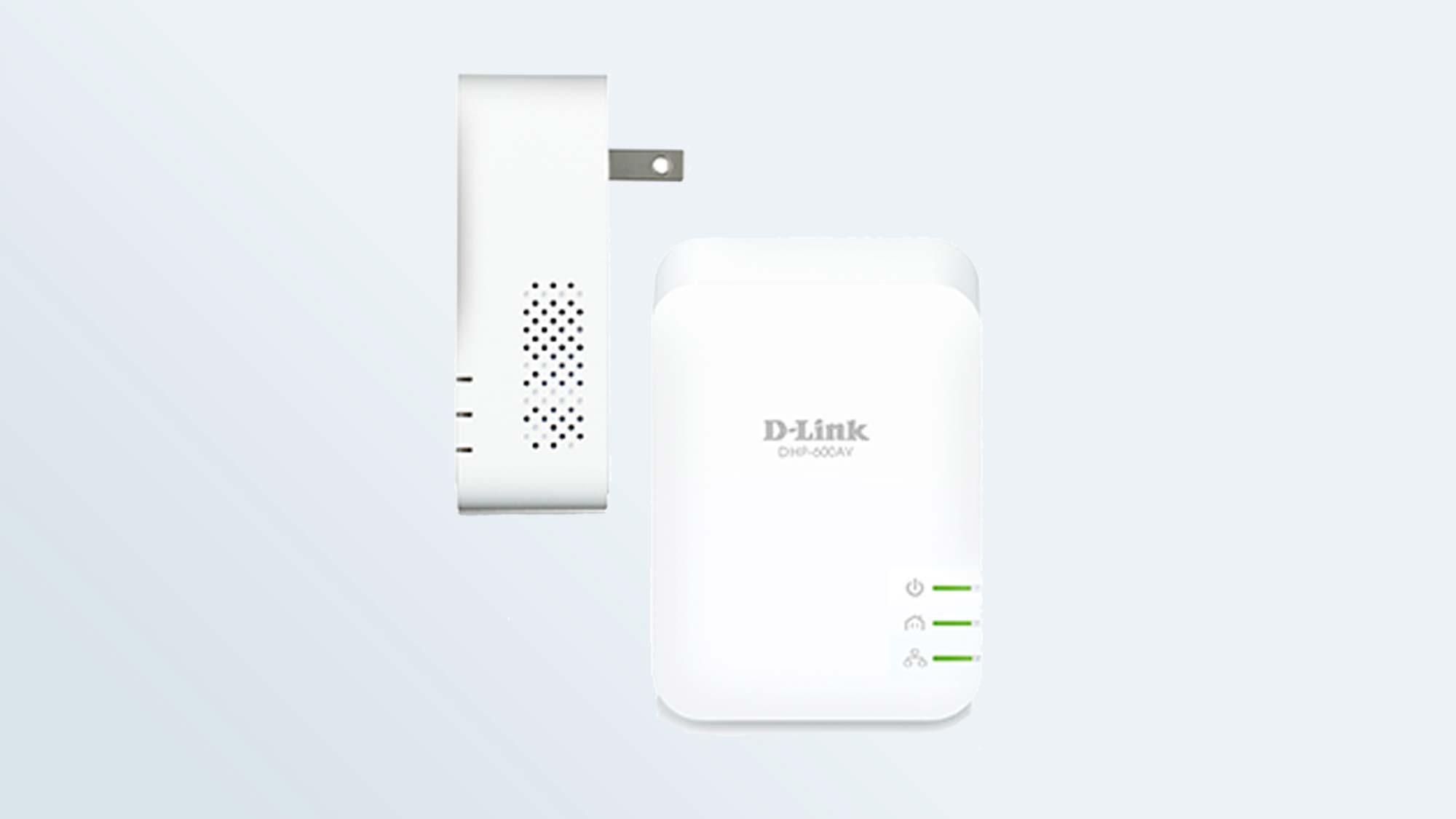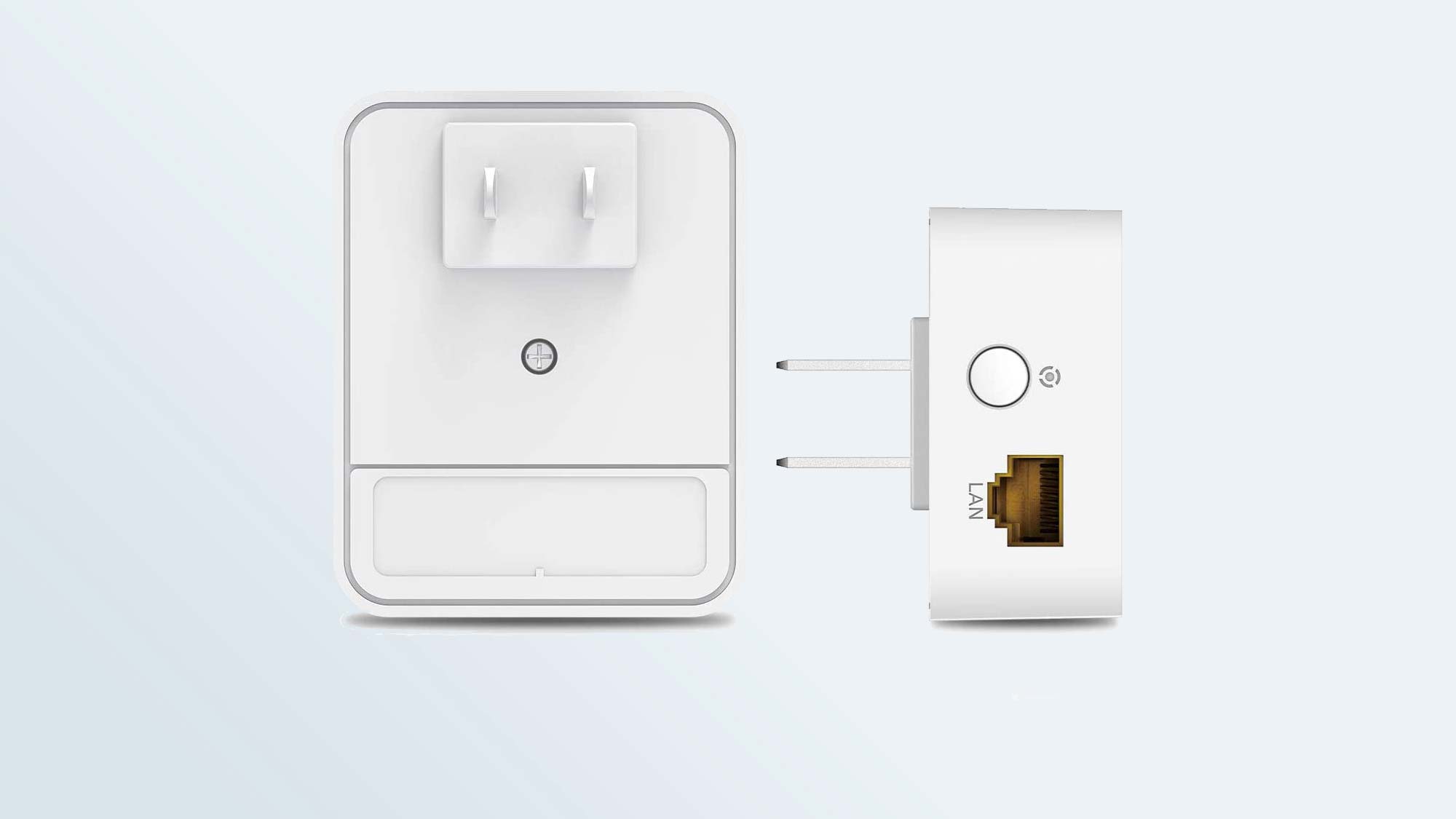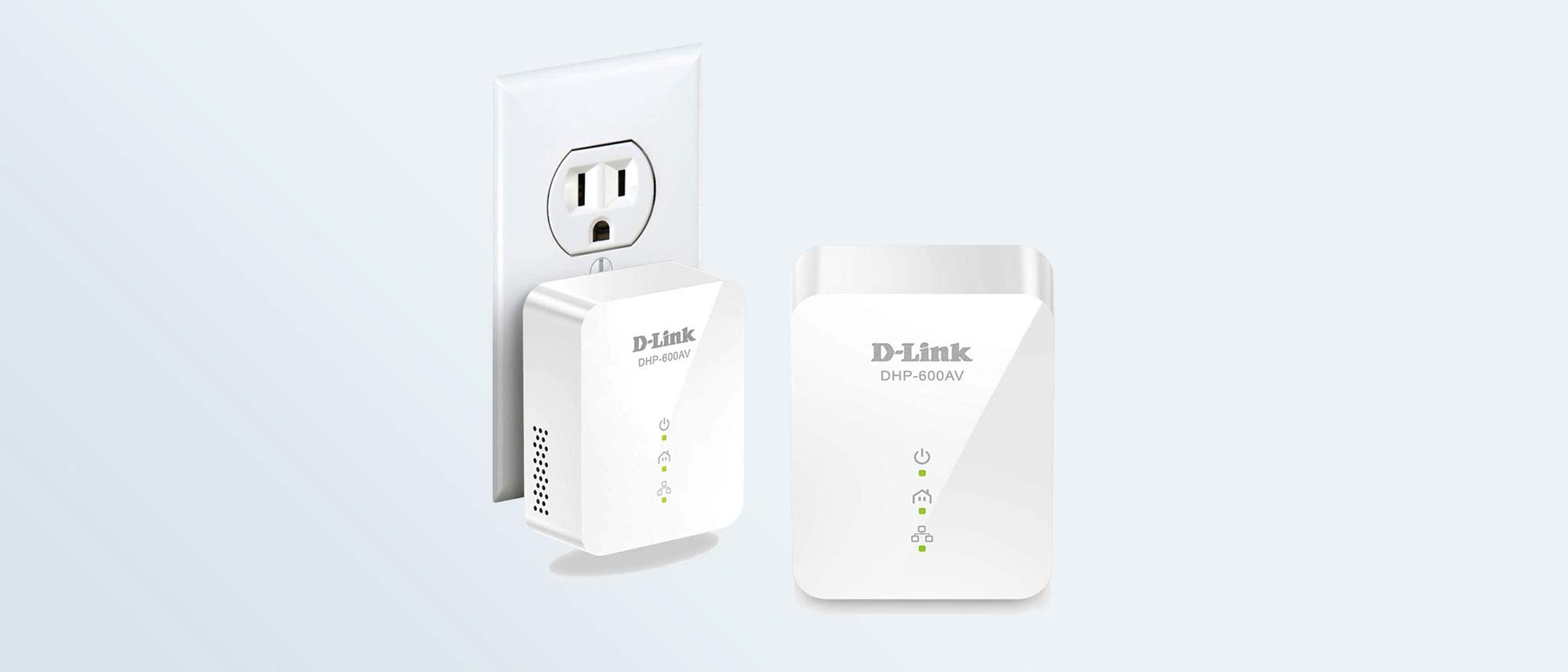Tom's Guide Verdict
Small and able to plug directly into ungrounded two-prong AC outlets, D-Link’s DHP-601AV seems custom made for those who live in older houses. While admiringly small the DHP-601AV lacks an AC outlet to replace the one it takes up and it can’t match the best networking gear on performance and range. One of the cheapest powerline kits you can get, the DHP-601AV can connect a home on a tight budget.
Pros
- +
Small
- +
Two-prong AC plug
- +
Low power use
- +
Inexpensive
Cons
- -
Single Ethernet port
- -
No AC outlet
- -
Low performance and range
- -
No monitoring or configuration program
Why you can trust Tom's Guide
Max Throughput: 43.3 Mbps
Performance at 100 feet: 30.4 Mbps
Max Range: 525 feet
Size: 2.7 x 2.2 x 1.0 inches
Three/Two Prong Plug: 2
Ethernet Gigabit Ports: 1
Estimated Power Bill: $2.40 per year
If you have an older home with ungrounded AC outlets, the D-Link DHP-601AV powerline extender delivers the ability to connect distant parts of the houses while using a minimum of electricity. It’s small and easy to hide but the system suffers from low performance and range while lacking a program for configuring and monitoring the gear.
At $60, the DHP-601AV is for those who haven’t updated their wiring and don’t want to bust the budget. That affordability makes it one of the best powerline extenders you can buy. (Still confused? Check out our article Wi-Fi extenders vs powerline adapters: Everything you need to know to learn more.)
D-Link DHP-601AV Powerline Extender: Design and features
One of the smallest powerline devices available, at 2.7 x 2.2 x 1.0 inches the D-Link DHP-601AV is roughly the size of a pack of cigarettes. About one third the size of the competing extenders seen in our Netgear PLP2000 review or TP-Link TL-PA9020P review, this makes the DHP-601AV the equivalent of a stealth powerline adapter that can hide in plain sight.

Made of white plastic, the DHP-601AV’s case has cooling holes on its sides and a two prong AC plug that makes it perfect for use in older homes with ungrounded outlets. The price to pay for its small size is that it does without a passthrough outlet to replace the one it covers and the DHP-601AV has only one Ethernet port. Plan on getting a network switch if you want to use it with two digital devices, like a computer and a TV.

The system’s three indicator light LEDs are in plain sight and show the status of its power, powerline link and Ethernet connection. The unit’s Simple Connect button on the bottom is for pairing the devices, but if you hold it for 10 seconds the sender and receiver encrypt the data flow for extra security by using the 128-bit AES algorithm.
Based on the HomePlug AV2 standard, the DHP-601AV uses Multiple Input Multiple Output (MIMO) transfers to satisfy several simultaneous users. D-Link says that it can hit a peak of 1Gbps and support 16 Powerline devices.
D-Link DHP-601AV Powerline Extender: Performance
Built around Qualcomm’s QCA7450 chipset, the tiny DHP-601AV was easy to set up but didn’t impress in terms of performance and range. On the testbench, it yielded a peak throughput of 43.3 Mbps out of my 200 Mbps broadband connection. This puts it slightly ahead of the TP-Link TL-PA9020P but well behind the top performing Netgear PLP2000.
At the 100-foot mark, it delivered 30.4 Mbps, less than half the bandwidth from the Netgear. This flow diminished with each measurement and the sender lost contact with the receiver with only 525-feet of cable between them. This gives the DHP-601AV the shortest range of the powerline systems reviewed and less than half the range of the TP-Link.
In real world testing, the D-Link kit connected my distant garage, barely. The system only yielded 1.4Mbps of bandwidth, just enough for non-HD videos and well off the Netgear’s PLP2000’s 36.3Mbps pace. Full HD videos took a long time to start and often froze and skipped.
Like the others, the DHP-601AV got warm during use, but never broke 106-degrees Fahrenheit. It consumed 7.5-watts while in use and a scant 0.4-watts at idle, making it the most economical PL gear to use with an estimated annual power bill of just $2.40.
D-Link DHP-601AV Powerline Extender: Setup and software
The D-Link DHP-601AV was quick to get to work moving data back and forth: just plug it in and fire up a Web browser. On the downside, it doesn’t have the Quality of Service software or dashboard program of the TP-Link TL-PA9020P.
With a year of warranty and support, then DHP-601AV is second best to the two years of coverage that the TP-Link TL-PA9020P provides, but it’s better than Netgear’s scant 90-days of support on the PLP2000. The D-Link support site also has an excellent downloadable manual for the equipment.
D-Link DHP-601AV Powerline Extender: Verdict
While the Netgear PLP2000 delivers top performance and the TP-Link TL-PA9020P stretches range to the limit, D-Link’s DHP-601AV can’t compete in either category but excels at being small, using a minimum of power, not needing grounded AC outlets. It also undercuts the other two at a bargain-basement price of $60. In other words, it can help connect a home without breaking the bank.
Brian Nadel is a freelance writer and editor who specializes in technology reporting and reviewing. He works out of the suburban New York City area and has covered topics from nuclear power plants and Wi-Fi routers to cars and tablets. The former editor-in-chief of Mobile Computing and Communications, Nadel is the recipient of the TransPacific Writing Award.


